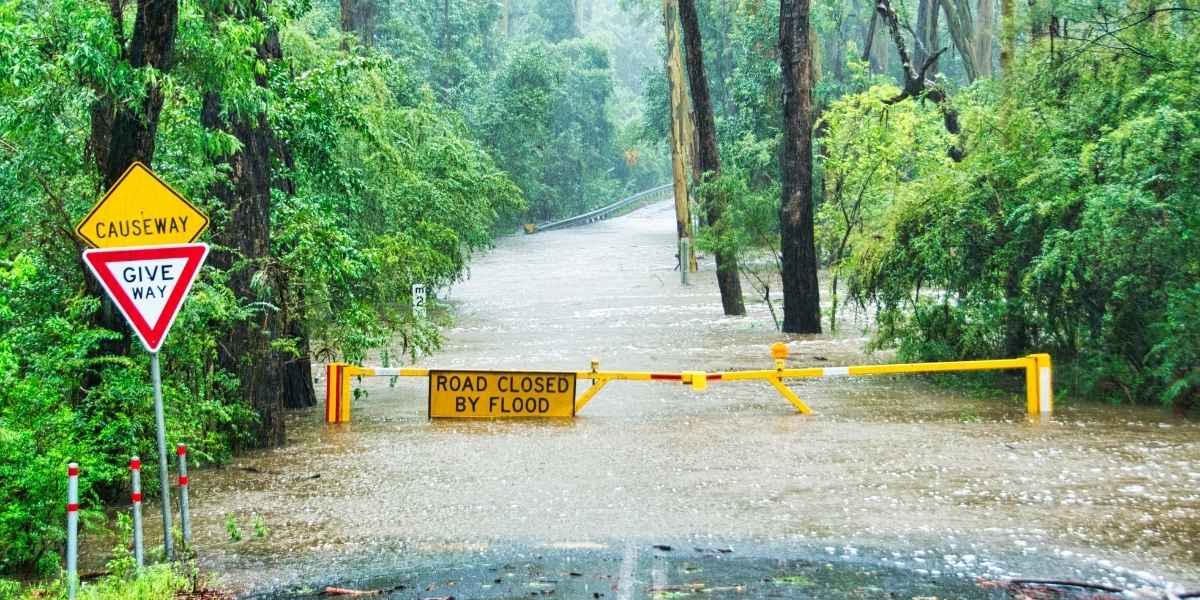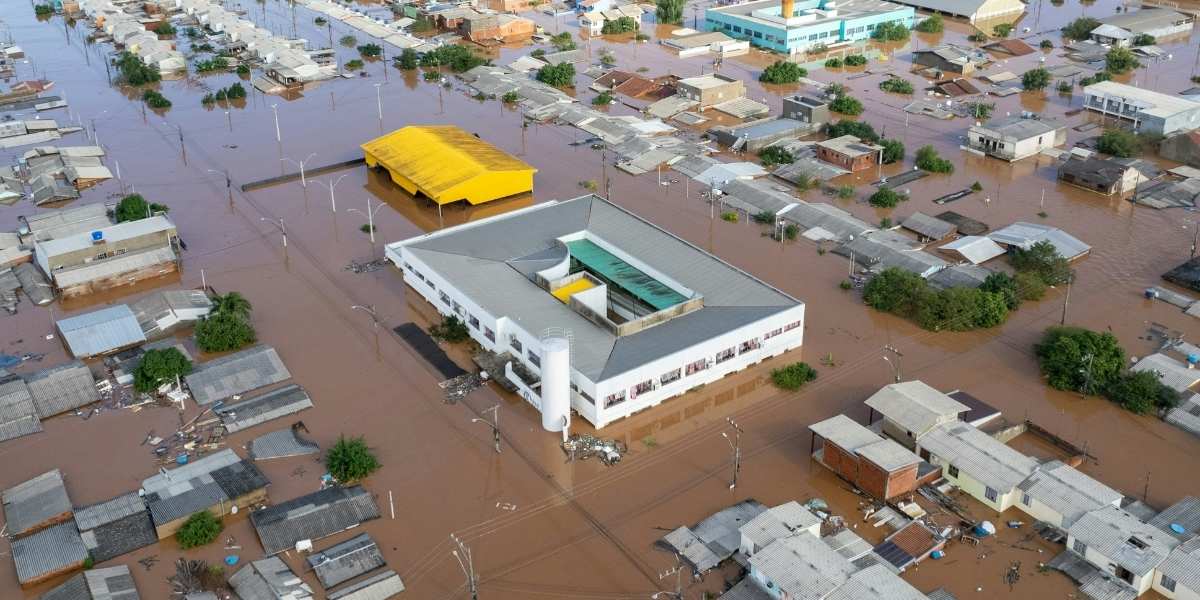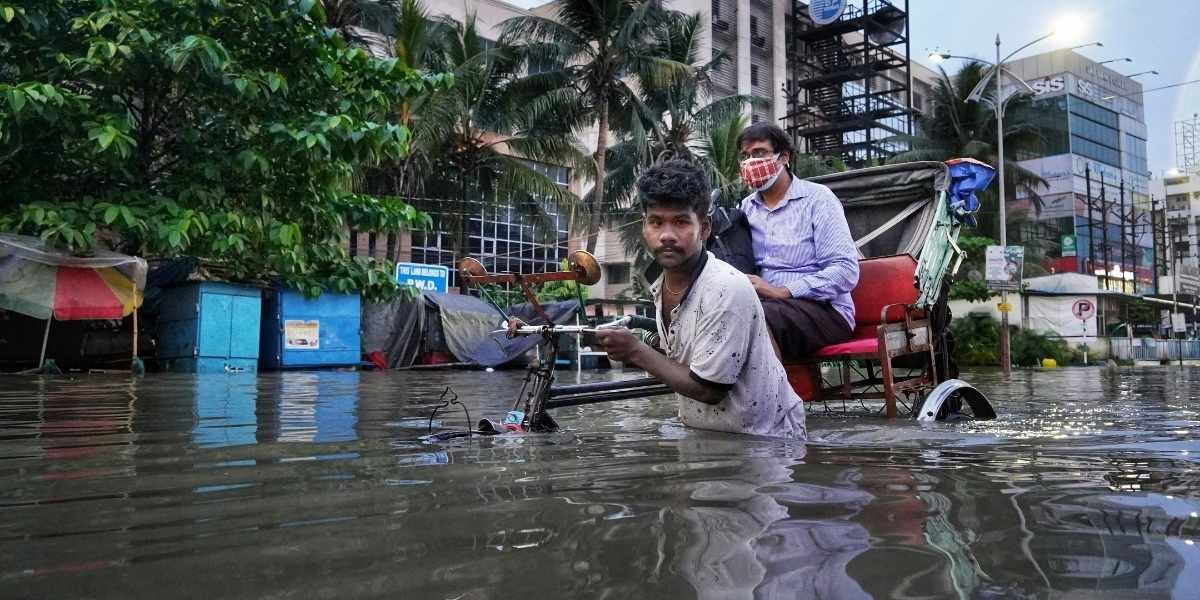How Rising Seas Imperil Coastal Cities Across the Globe
The steady rise of sea levels presents a profound challenge to urban centers nestled along the world’s coastlines. For centuries, people have gravitated towards the sea, building thriving cities that leverage the benefits of trade, fishing, and beautiful waterfronts. However, as ocean waters expand from warming temperatures and melting ice, these very advantages are transforming into vulnerabilities, putting vital infrastructure, economies, and countless lives at risk. It is a slow-motion transformation, yet its impact is already evident in many low-lying areas. Global mean sea level has risen about 8-9 inches (21-24 centimeters) since 1880, with the rate accelerating in recent decades. The period from 2006 to 2015 saw an average increase of 0.14 inches (3.6 millimeters) per year, more than double the rate from earlier in the 20th century. By 2050, it is projected that global sea levels could rise by another 12 inches (1 foot) above 2000 levels.
Read Also: How Deforestation Contributes to Rising Global Temperatures
What Causes the Oceans to Rise, and How Fast is it Happening?
Understanding why sea levels are increasing involves looking at two primary drivers. First, as the Earth’s climate warms, the oceans absorb a significant amount of this heat. Over 90% of the heat trapped by greenhouse gases is absorbed by the oceans. Water expands when it gets warmer, a phenomenon called thermal expansion. Even a small increase in the vast volume of the world’s oceans leads to a noticeable rise in sea level. Imagine a pot of water on a stove; as it heats up, the water slightly expands. Our planet’s oceans are experiencing this on a massive scale, with thermal expansion accounting for a significant portion of the observed sea level rise, especially in recent years.
The second major factor is the melting of glaciers and ice sheets. Vast reserves of ice in places like Greenland and Antarctica, along with mountain glaciers across the world, are melting at an accelerated pace. This meltwater flows into the oceans, directly adding to their volume. Ice loss from the Greenland Ice Sheet, for example, increased seven-fold from 34 billion tons per year between 1992-2001 to 247 billion tons per year between 2012 and 2016. Antarctic ice loss nearly quadrupled during similar periods. Both of these processes, warming water and melting ice, contribute significantly to the climbing sea levels we observe today, with ice loss being the largest contributor to sea-level rise over the past few decades. The combined effect of these factors means that coastal regions are experiencing not just a gradual inundation but also more frequent and intense high-tide flooding events, sometimes referred to as “nuisance flooding.”
How Do Rising Waters Affect City Infrastructure?

The immediate and most visible effect of rising sea levels on cities is increased flooding. Roads, bridges, and buildings in coastal areas find themselves increasingly inundated, not just during storms but also during regular high tides. This frequent exposure to saltwater is highly corrosive, damaging essential materials like concrete and steel over time. The structural integrity of these vital components can be compromised, leading to costly repairs and even outright failures.
Underground infrastructure, such as subway tunnels, sewage systems, and electrical conduits, is particularly vulnerable. Saltwater intrusion can contaminate freshwater aquifers, which many coastal cities rely on for drinking water, leading to shortages and the need for expensive desalination plants. It can also overwhelm wastewater treatment plants, leading to sewage backups and serious public health concerns. The very foundations of buildings can weaken as groundwater tables rise and soil becomes saturated with saltwater, potentially leading to structural instability and extensive damage. Transportation networks, including coastal highways, rail lines, and critical port facilities, face regular disruptions, impacting daily commutes and the efficient flow of goods. Ports, essential hubs for global trade, require extensive adaptation to remain operational as water levels rise. Power and communication infrastructure, vital for modern society, also face significant vulnerabilities, with electrical substations and power plants in coastal areas particularly at risk.
What Are the Economic Impacts on Coastal Communities?
The economic consequences of rising sea levels are far-reaching for coastal cities. Property values in vulnerable areas can decline significantly as the risk of flooding increases, making it difficult for homeowners and businesses to secure affordable insurance or sell their assets. In some regions, insurers are increasing rates substantially or withdrawing coverage entirely, leaving property owners to seek government-backed flood insurance. Damage to commercial properties and disruption to business operations translate into substantial financial losses for local economies. Industries that rely heavily on coastal access, such as tourism and fishing, also face direct threats as beaches erode, natural habitats that support marine life are lost, and port activities are hampered.
Governments face immense costs for adaptation measures, such as building or raising sea walls, improving drainage systems, or elevating existing infrastructure. Studies indicate that losses for global coastal cities could reach well over $3 trillion by the end of this century. These expenses can strain local budgets, diverting funds from other essential public services and placing a heavy burden on taxpayers. Entire sectors like real estate, construction, and logistics face profound changes, with potential shifts in economic activity away from highly exposed coastal zones to safer, inland regions. The overall effect is a significant economic challenge that requires long-term planning and investment.
Does Sea Level Rise Lead to Population Displacement?
For many people living in low-lying coastal areas, rising sea levels bring a very real threat of displacement. As land becomes permanently inundated or too frequently flooded to be habitable, communities may have to consider relocating inland. This prospect carries significant social and emotional weight. People may lose their homes, their livelihoods, and their deep-rooted connections to their ancestral lands. The loss of cultural heritage sites, often located near coastlines, is another tragic consequence, as historical landmarks and traditional ways of life are threatened.

The idea of “managed retreat,” where governments plan for the strategic relocation of populations and infrastructure, is a difficult but increasingly discussed strategy in the face of inevitable changes. Such shifts can disrupt social networks, create new housing demands in receiving areas, and challenge established community structures. Vulnerable populations, including low-income communities and indigenous peoples, are often disproportionately affected, lacking the resources to adapt or relocate. The trauma associated with displacement can have long-term psychological impacts on individuals and communities, underscoring the profound human dimension of this environmental issue.
How Can Cities Adapt to This Challenge?
Cities around the world are exploring various strategies to adapt to rising sea levels, often combining multiple approaches. One common approach involves building “hard” defenses, such as sea walls, dikes, and storm surge barriers, designed to keep water out. Cities like New York, learning from past events, have begun implementing stronger coastal defenses. Other strategies include “soft” defenses, like restoring natural coastal ecosystems such as mangroves and wetlands, which can act as natural buffers against storm surges and erosion. These nature-based solutions often provide additional benefits, like supporting biodiversity and improving water quality.
Read Also: The Growing Impact of Agriculture on Water Resources
Elevating existing structures or building new ones on higher ground is another adaptive measure, sometimes mandated through updated building codes and zoning regulations. Some urban planners are considering “living shorelines,” which use natural materials and vegetation to stabilize coastlines and absorb wave energy. Improving urban drainage systems, implementing strict building codes for new construction in flood-prone areas, and creating permeable surfaces that allow water to soak into the ground are also important steps. Cities are also looking into innovative solutions such as land reclamation to raise ground levels for new development, or making spatial reservations for future reinforcement of coastal defenses. Ultimately, a combination of these approaches, tailored to the specific geography and needs of each city, will be necessary to build resilience against the ongoing rise of sea levels. This complex challenge requires cooperation among policymakers, businesses, and researchers to manage long-term threats effectively.








